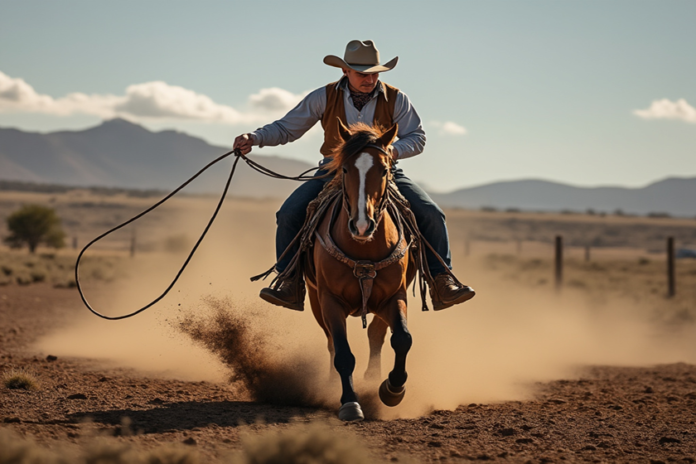The best Microsoft Windows apps of all time. Love it or hate it, Microsoft Windows has pretty much stood up to the test of time.
Recently Windows 11 has surpassed Windows 10 on Steam as the most used operating system. It’s still close though. On the Recall-front, Microsoft said that users won’t be able to uninstall the controversial AI-feature Recall after all.
With that being said, here are some of the best Windows apps of all time, considering their impact, utility, and popularity:
Microsoft Office Suite includes Word, Excel, PowerPoint, and Outlook. It’s almost synonymous with productivity for both personal and professional use.
Google Chrome, while not exclusive to Windows, Chrome’s dominance in the browser market makes it an essential app for most Windows users due to its speed, simplicity, and vast extension library.
Adobe Photoshop is the go-to software for photo editing, graphic design, and digital art. Its capabilities have set the standard for image manipulation software.
VLC Media Player is a versatile media player that plays almost any media file format without the need for additional codecs. It’s free, open-source, and incredibly reliable.
7-Zip is an open-source file archiver with a high compression ratio. It’s essential for managing compressed files and archives.
Notepad++ is a powerful text editor for coding and general text editing, offering syntax highlighting for numerous programming languages, and it’s much lighter than full IDEs.
Spotify, while available on multiple platforms, its Windows app has revolutionized how we listen to music, offering vast libraries of music and podcasts.
Steam for gamers is indispensable. It’s the largest digital distribution platform for PC gaming, offering social networking, game streaming, and community features.
Dropbox (or any cloud storage like OneDrive, Google Drive) have changed file storage and sharing. It providing seamless cloud integration with Windows.
CCleaner is a utility to clean up unnecessary files, fix registry issues, and manage startup items, helping to keep Windows systems running smoothly.
AutoHotkey is for those who love customization and automation, AutoHotkey provides scripting language for Windows to automate the Windows GUI and general scripting.
VirtualBox or the VMware Workstation allows users to run multiple operating systems as virtual machines on Windows, which is crucial for developers, testers, or anyone needing to use different OS environments.
Rainmeter is handy for desktop customization, Rainmeter allows users to display customizable skins on their desktop, from hardware usage meters to fully functional audio visualizers.
Python (via its Windows installer) is not an “app” in the traditional sense. Python’s ease of installation and use on Windows has made it one of the most popular programming languages, essential for developers and data scientists.
WinRAR has been a staple for file compression and archiving for decades, known for its trial that famously never seems to end.
These applications have stood the test of time due to their functionality, innovation, or sheer necessity in various domains from productivity to entertainment.
Other apps found on the Microsoft Windows platform include some that are more recent:
Finebits AppPack for $4.99
Focus Reading – Reading Strips for $1.99
HEIC – Image Converter Pro for $1.99
HEVC – Video Converter Pro for $4.99
Mega Zoom for $3.34
Pengwin Enterprise 8 for $9.99
Make sure you check out the Microsoft Store for other app offers that might be available.
Do you have any favorite Microsoft Windows apps you would like to share?
Sound off in the comments section below.
Cheers.





The Myth of Scandinavian Socialism
The Myth of Scandinavian Socialism. The notion of Scandinavian countries being models of socialism is often cited in political discourse, particularly by those advocating for socialist policies in other countries like the United States. However, this characterization is largely considered a myth by various analysts and even by some within these Nordic countries for several reasons:
Social Democracy is not Democratic Socialism —
Economic System:
The Scandinavian countries (primarily Denmark, Norway, Sweden, Finland, and Iceland) operate under a capitalist framework with private ownership of the means of production. They are market economies where businesses and industries are predominantly privately owned, not state-owned or collectively owned as would be typical in a socialist system.
Welfare State:
What these countries do have is an extensive welfare state, funded by high taxes. This system provides generous social benefits, including free education, healthcare, and social security. However, this is within the context of a social democracy, not socialism. Social democracy uses taxation to redistribute wealth and provide public services but does not imply state control over all economic production.
Free Market Policies:
Scandinavian countries are known for their free-market policies. They rank highly in economic freedom indices due to their ease of doing business, strong property rights, and relatively low corruption. For instance, Denmark has been praised for its economic freedom, ranking high in global indexes.
Education and Labor:
Sweden, for example, implemented school choice reforms in the 1990s, allowing for private schools to operate with public funding, which is contrary to socialist principles of state monopoly over services. Moreover, these countries often lack minimum wage laws, instead relying on collective bargaining, which, while involving strong unions, operates within a market economy.
Taxation and Wealth Redistribution:
While these nations do impose high taxes, especially on the wealthy, to fund their welfare systems, this taxation supports public services rather than replacing capitalist structures with socialist ones. The tax system is progressive but does not aim to abolish private property or enterprise.
Historical Shifts:
Some non-partisan analysts have suggested that Nordic countries have, at times, rolled back more socialistic policies. For instance, Sweden reduced its welfare programs and lowered taxes since the early 1990s, moving towards more market-oriented solutions.
Public Sentiment and Expert Opinion:
Most have argued (including those in Scandinavia) that calling these countries socialist misrepresents both their economic systems and the nature of socialism. They highlight that success in these countries correlates with their adherence to free trade and market economics, not socialist principles.
In summary, while Scandinavian countries do exhibit high levels of social spending and state welfare, they maintain their economic vitality through capitalist, free-market principles, making the label of “socialism” inaccurate. This distinction is crucial for understanding their economic model and for any political or economic debate that references these nations as examples.
The Myth of Scandinavian Socialism is just that … a myth.